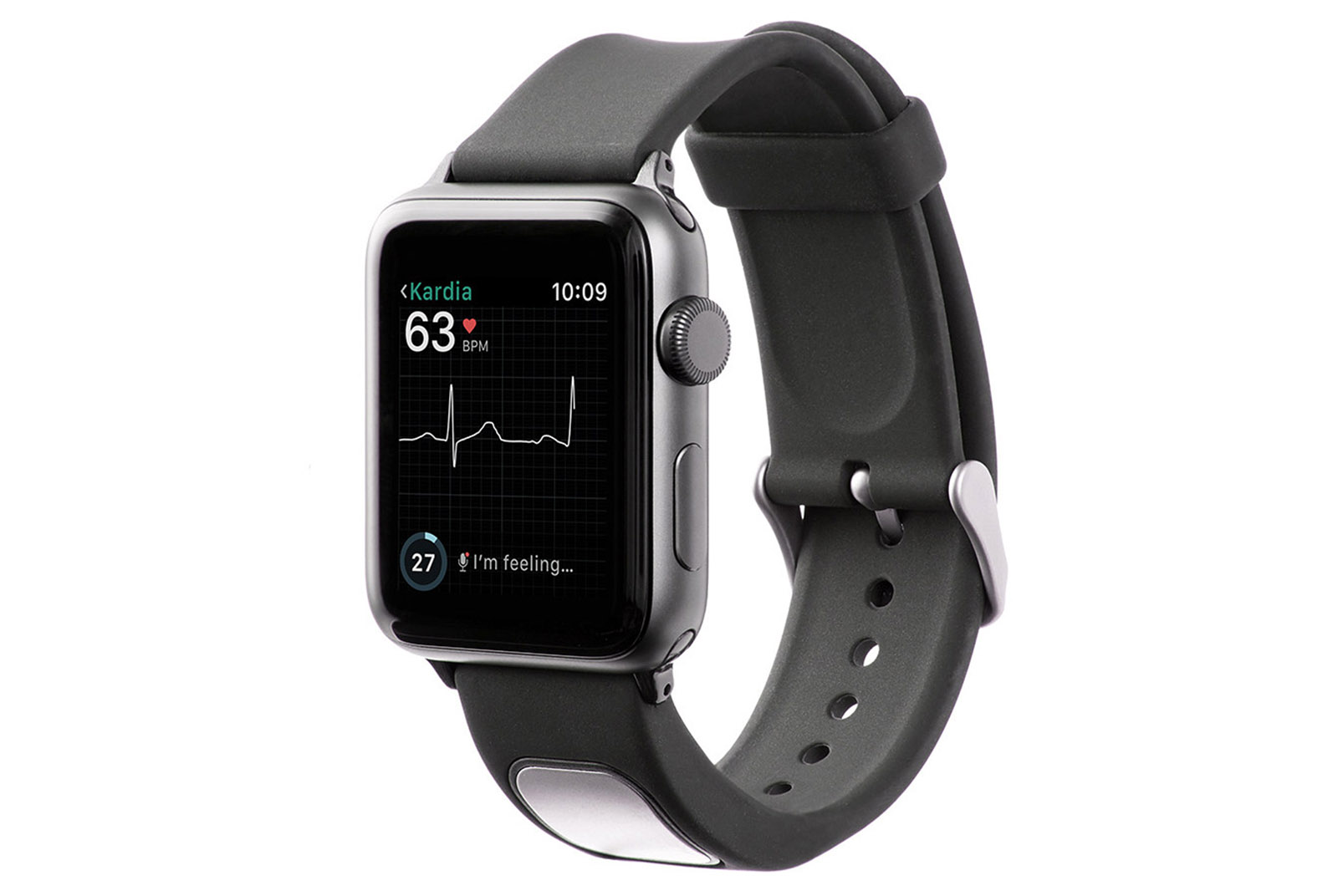
It's hard to find a good specialist on earth, let alone when you're floating 240 miles above it. That's why NASA will test the Microflow, a breadbox-sized device that instantly detects cancer and infectious diseases, and can even sense the presence of rotten food. The Canadian-made device is a "flow cytometer," which works by analyzing microparticles in blood or other fluids and replaces hospital versions weighing hundreds of pounds. Here on Earth, the device could let people in remote communities be tested more quickly for disease, or permit on-site testing of food quality, for instance. It will be particularly advantageous in space, however, where Canadian astronaut Chris Hadfield will test it during his six-month ISS mission, allowing crew to monitor, diagnose and treat themselves without outside help. Now, if we could just get it down to a hand size, and use some kind of radio waves instead -- oh wait, that's not until Stardate -105352.
Continue reading NASA to launch mini lab, test for cancer and disease in space
Filed under: Misc, Science
NASA to launch mini lab, test for cancer and disease in space originally appeared on Engadget on Sun, 26 Aug 2012 04:43:00 EDT. Please see our terms for use of feeds.
Permalink  Gizmodo
Gizmodo |
 NASA
NASA |
Email this |
Comments
 AliveCor's KardiaBand, a device that detect dangerous heart rhythms, has become the first Apple Watch accessory cleared for medical use by the FDA, the company announced. It can capture your EKG in 30 seconds, then detect problems like atrial fibrill...
AliveCor's KardiaBand, a device that detect dangerous heart rhythms, has become the first Apple Watch accessory cleared for medical use by the FDA, the company announced. It can capture your EKG in 30 seconds, then detect problems like atrial fibrill...
 AliveCor's KardiaBand, a device that detect dangerous heart rhythms, has become the first Apple Watch accessory cleared for medical use by the FDA, the company announced. It can capture your EKG in 30 seconds, then detect problems like atrial fibrill...
AliveCor's KardiaBand, a device that detect dangerous heart rhythms, has become the first Apple Watch accessory cleared for medical use by the FDA, the company announced. It can capture your EKG in 30 seconds, then detect problems like atrial fibrill...



